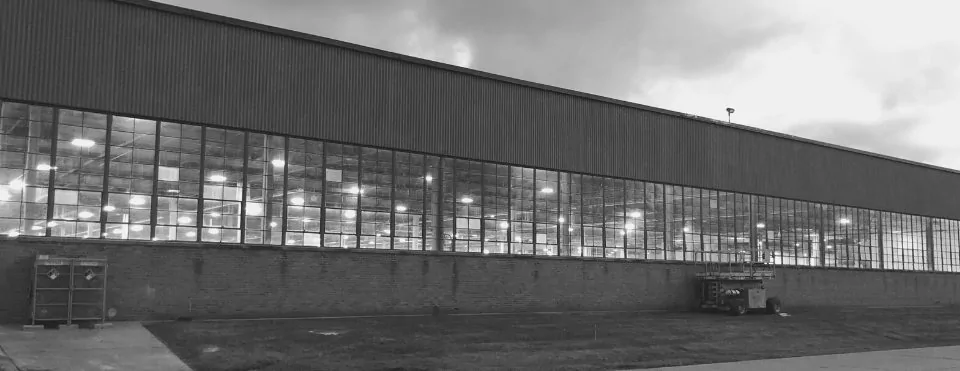The Rise of EV Chargers in Public Libraries
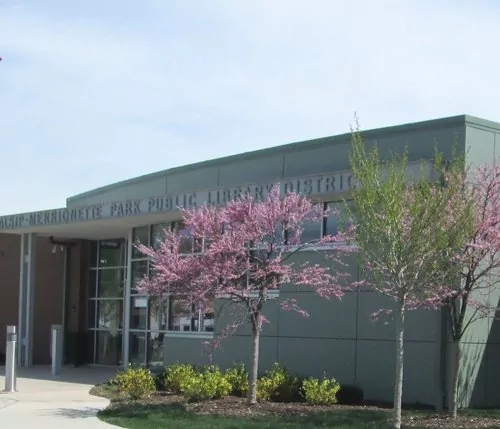
Nov 06 2023
A Sustainable and Equitable Approach to Transportation
The transition to electric vehicles (EVs) is gaining momentum worldwide, driven by environmental concerns and advancements in battery technology. As EV adoption grows, so does the need for accessible charging infrastructure. Public libraries, with their central locations and commitment to community service, are emerging as ideal hubs for EV charging stations in Illinois.
Environmental Benefits
EVs offer significant environmental benefits over traditional gasoline-powered vehicles. They produce zero tailpipe emissions, reducing air pollution and greenhouse gas emissions that contribute to climate change. Installing EV chargers at public libraries encourages Illinois residents to adopt EVs, contributing to cleaner air and a healthier planet.
Most importantly for a library, they lead to better local air quality directly around the physical library location. Idling and starting combustion engine cars lead to exhaust – which is bad for the staff, residents, and kids that are using the library. Supporting and advocating for more electric vehicles is a positive to the local air quality for a library in meaningful ways.
This is both important because people walk to and from their car to the library, but more importantly, the outside air near a library is pulled inside for fresh air. Having less car exhaust and other pollutants near the library is important for the air quality inside this important public building.
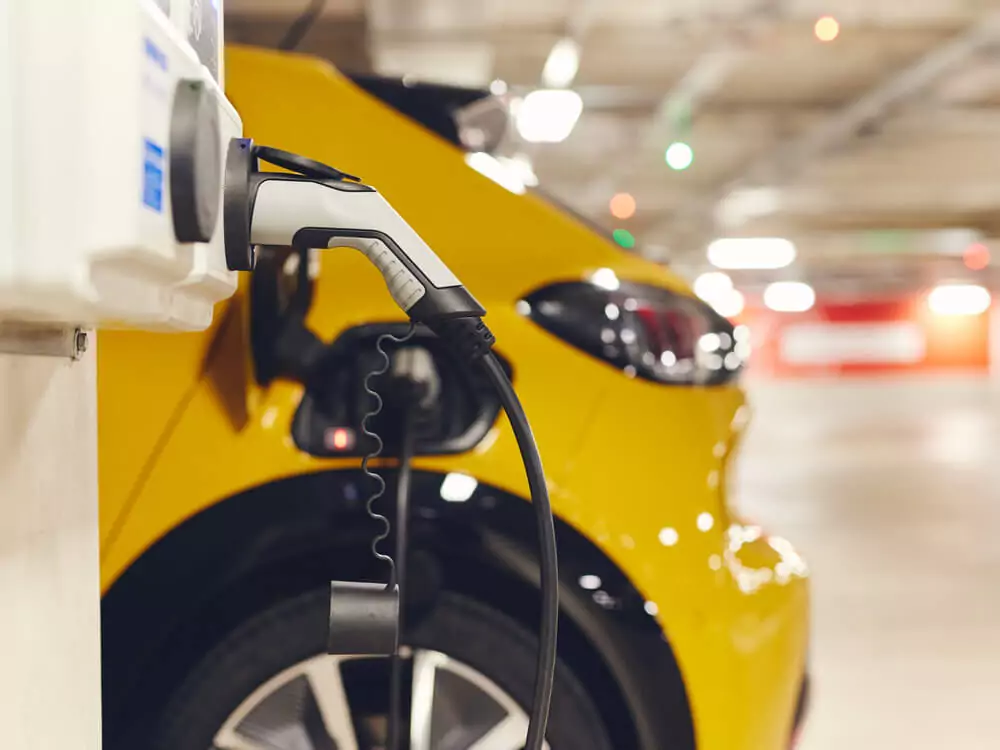
Community Access and Equity
Public libraries are cornerstones of communities in Illinois, providing access to information, resources, and educational opportunities for all. By installing EV chargers, libraries expand their role as community hubs, promoting sustainable transportation options and reducing reliance on fossil fuels. This is particularly beneficial for low-income residents who may not have access to EV charging at home.
Many people that are buying new cars do not have access to a garage and location that they can charge their vehicle. The more public locations available, means the more people in a community that can make this switch if they decide to. Whether a Plug in Hybrid vehicle or a full electric vehicle, both can be charged and supported by a public library.
Economic Advantages
The installation of EV chargers at public libraries can also bring economic benefits to Illinois. As more people switch to EVs, demand for charging stations will increase. Libraries that offer EV charging can attract new visitors, potentially boosting local businesses and revitalizing neighborhoods. Additionally, libraries can generate revenue from charging fees, which can be used to fund other library programs and services.
There are a variety of software that can be used to help charge different end users, either for free or at a cost to the charger. A myriad of ways can be designed, including free charging for library card holders, free charging for staff, subsidized charging, and more. The flexibility of this infrastructure is a huge benefit to both the library for potential income, and residents for access.
Partnerships and Collaboration
Many public libraries in Illinois are partnering with local governments, utilities, and businesses to install EV chargers. These partnerships leverage resources and expertise, ensuring that EV charging infrastructure is developed in a coordinated and sustainable manner. Additionally, partnerships can help libraries secure funding and obtain grants for EV charger installations.
In fact, Illinois and the federal government are both supporting these installations now in our community, and more and more municipal governments are supporting these efforts. Now is truly the time to consider this investment, because of the strong state, federal and utility support. More support means less out of pocket for a community.
Examples of Success
Several public libraries across Illinois have already successfully installed EV chargers. For instance, the Skokie Public Library has partnered with the village and a local utility to install chargers at the library. The project has been well-received by the community and has helped to increase EV adoption in the city.
Vernon Area Public Library installed an EV car charger with the EV Match software installed in 2022 for free public consumption. This project allows charging access for residents and staff alike, and has been incredibly popular within the library district. It also shows the commitment and leadership that a library can have on important dialogues and public discussions. Who should make EV car charging accessible to the community – some library boards are saying we will be leaders on this topic because it is important to our building and overall future.
Overcoming Challenges
Despite the many benefits of installing EV chargers at public libraries in Illinois, there are also some challenges to consider. One challenge is the cost of installation and maintenance. Libraries may need to secure funding from external sources to cover these costs. Additionally, libraries need to establish policies and procedures for managing EV charging, including determining charging fees and ensuring equitable access for all users.
Locations of breakers and electrical conduit is important to consider for charging stations, especially how they relate to where a charging station might be located. Often, there is long runs of grass or parking lot between a building and the desired stations, which leads to higher costs for trenching and breaking up concrete. This can be mitigated with being flexible in desired locations.
In addition, libraries may have a limited amount of power available, either coming into the building or on existing electrical panels. However, the recent energy efficiency work that most libraries have undertaken with LED lighting upgrades have helped free up available space. As long as the desire for the number of charging stations is modest, we find most libraries currently have enough power to add several charging stations. Of course, adding 20 charging stations to a library would be unrealistic for most current buildings, and making that many available would lead to higher costs for bringing in larger electrical supply.
Do We Need a Permit to Add One or Two Stations
Yes, in most situation, a permit should be expected for adding an Electric Vehicle station to an existing library. An engineering study is often needed to determine the correct breakers and wire sizes for this kind of work in a public space.
However, as more and more engineering firms take on this style of work, costs are reducing and more efficiency and specialty firms are opening up. They have more experience in getting these permits, so therefore, less questions and time that needs to go into the permitting process. Inspectors are also getting more experience, which enables faster permit approval and less back and forth to determine that things are being done safely and within code.
We typically find a 40 amp charger to be the right size for a library, especially since most libraries have 220-270V space within their panels. This is usually about 4 times faster charging than available in most homes, depending on what is existing and available. With a 40 amp charger, typically a 50 amp breaker is required, but this needs to be determined by an engineering process. Bringing this framework to an engineer can help speed up the process and get them closer and faster to a solution.
Another important consideration is how far the charging station will be located from the breaker panel. The further away, the larger sized wire that needs to be used by code to account for the natural loss that occurs in long electricity runs. In one project we looked at, we were able to reduce the size of the wire by being very accurate in our measurements. In the second run of measurements, we saved several thousand dollars in wire costs by making sure it was accurate and not a higher assumption to be on the safe side.
Do We Require Protective Barriers for Charging Stations
If the charging station is free standing, and it is possible that a car can hit it, you absolutely should put up protective barriers to avoid this from happening. Even an accidental reverse can do huge damage and create an unsafe situation, as well as cost someone thousands of dollars to repair.
If a charging station is mounted to a wall, barriers may not be required. They could still be helpful, but have less of an opportunity to get a vehicle to directly impact it.
In general, it is better to be safe than sorry with electric vehicle charging stations in a public space, and local inspectors can be a good resource to help you navigate this topic. As can an experienced engineering firm, or experienced local contractor or energy efficiency firm.
What about Level 3 Fast Charging Stations
Level 1 charging stations are common in homes, level 2 charging stations are common in public and commercial spaces with 220-277V electricity available, and level 3 (or high voltage 480V and above) are rare. Level 3 chargers are very fast, often charging in under 20 minutes an entire 300 mile electric vehicle. These are important for places that people may stop during long distance trips and need a rapid recharge, or in places that have large commercial fleets for trucks that have been electrified.
Level 3 charging stations are not a good fit for most public libraries, since they are really a way to provide access to charging, and not fully fill an electric car in a very fast manner. While some library boards may elect to do this, most that we have worked with have done level 2 charging – fast and safe access to people that may be in the library for several hours and receive 50-75 miles of charge during that time.
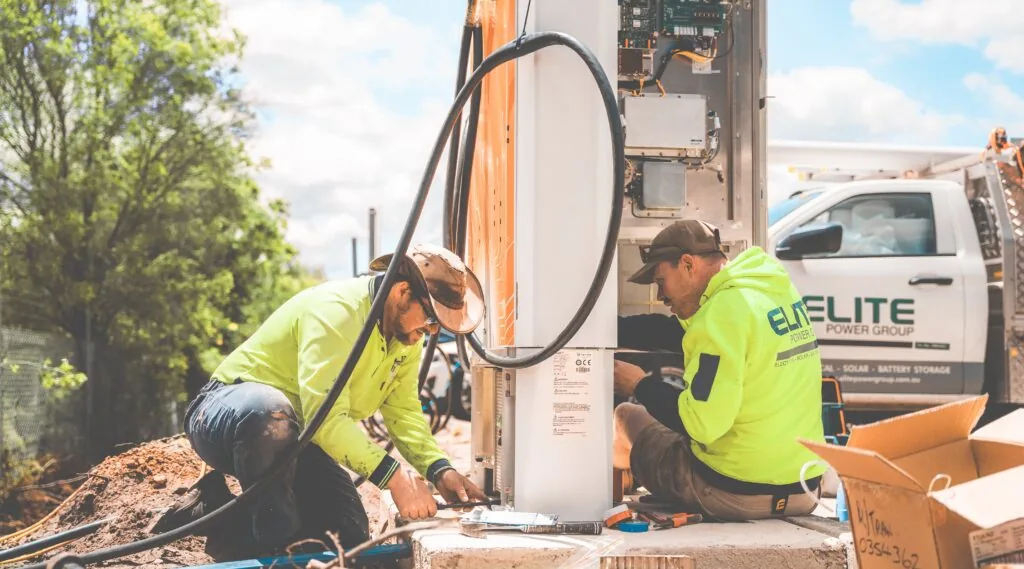
Future Direction for EV Car Charging Stations
As EV adoption continues to grow, the role of public libraries in providing EV charging infrastructure in Illinois is likely to expand. Libraries can play a crucial role in ensuring that sustainable transportation options are accessible to everyone, regardless of income or location. Additionally, libraries can continue to provide educational resources and programs to raise awareness about EVs and encourage their adoption.
Utility funding will also support this type of “beneficial electrification” in 2024, as supported by the CEJA law for energy efficiency in Illinois. The consistent support for this topic from our state and utility seems clear at this time, so we expect more and more support to be added over the next 10 years in Illinois. Utilities benefit from meeting state goals for providing access and support, as well as adding revenue to their clean power source and replacing gasoline powered purchases.
Why Library Boards are Making These Investments
The installation of EV chargers at public libraries in Illinois is a forward-thinking and sustainable approach to transportation. By providing accessible charging infrastructure, libraries are helping to reduce air pollution, promote equity, and foster a transition to a cleaner and more sustainable future. As EV adoption accelerates, public libraries will continue to play a vital role in shaping the future of transportation in Illinois.
All that said, there is really one major reason libraries are driving (pun intended) this investment into electric vehicle charging infrastructure available to the public. Their constituents are requesting it and being responsible for taxpayer funds, they must listen and honor the desires of the community they serve. Many library boards are themselves leaning into this, getting ahead of public requests. But more and more people are buying EVs or desiring to buy partial or full electric vehicles, and that trend will continue into 2025 and beyond.
Just like our buildings evolved to allow public access to those that are disabled, our buildings and codes are evolving to make free and public access to charging so we can make a transition into the new future of transportation – one that is healthier, less impact on the environment, and even costs less for ownership.
Can Libraries Generate Revenue with EV Car Chargers or Should they be Free for Patrons?
Yes! Both! Or really, whatever the library would like to do, it is really up to each library board to decide how they would like the chargers to be used. We recommend chargers to be added that have a 3rd party software, enabling a library to charge or make it available to free. As long as the charger has the correct software, you can change your mind at any time and begin charging, or stop charging. We believe in access, and then making that decision each building at a time.
As a personal EV driver, I love paying for EV charging in public spaces. I don’t mind it – my EV is a PHEV, meaning I have limited mileage before an engine kicks on to generate electricity for the battery. When it is an option, I will gladly take it if it is easy to access and nearby a place I am visiting – especially if further than 10 miles from my home. However, when it is free, that is even better and leaves me with a positive feeling about the business, grocery store, or public place I visited.
So if the goodwill generated is worth more to the library than the revenue, that we support free charging access. If they want to have free access for patrons, but charge to anyone else who wants to stop by, that is possible. And finally, they can make it free for staff and/or village residents who pay taxes, and charge for those that are outside the village boundaries. Once you have the right charger and software, anything is possible.
How Do I Take the First Steps Toward EV Car Chargers in my Library?
If you would like to get started on the process of an Electric Vehicle charging station quote for your library, please call us at (773) 413-9587 or fill out our free assessment form. Never to early to start exploring.
We recommend generally exploring 2 chargers for a public building to start, and explore usage before expanding to a greater number. However, making sure the pathways are available on the initial installation for multiple chargers can be cost savings down the road, even if you do not install more than a few chargers. And no matter what, it doesn’t cost anything more than a little time to begin the process of exploring what might be right for your library.
Featured Posts
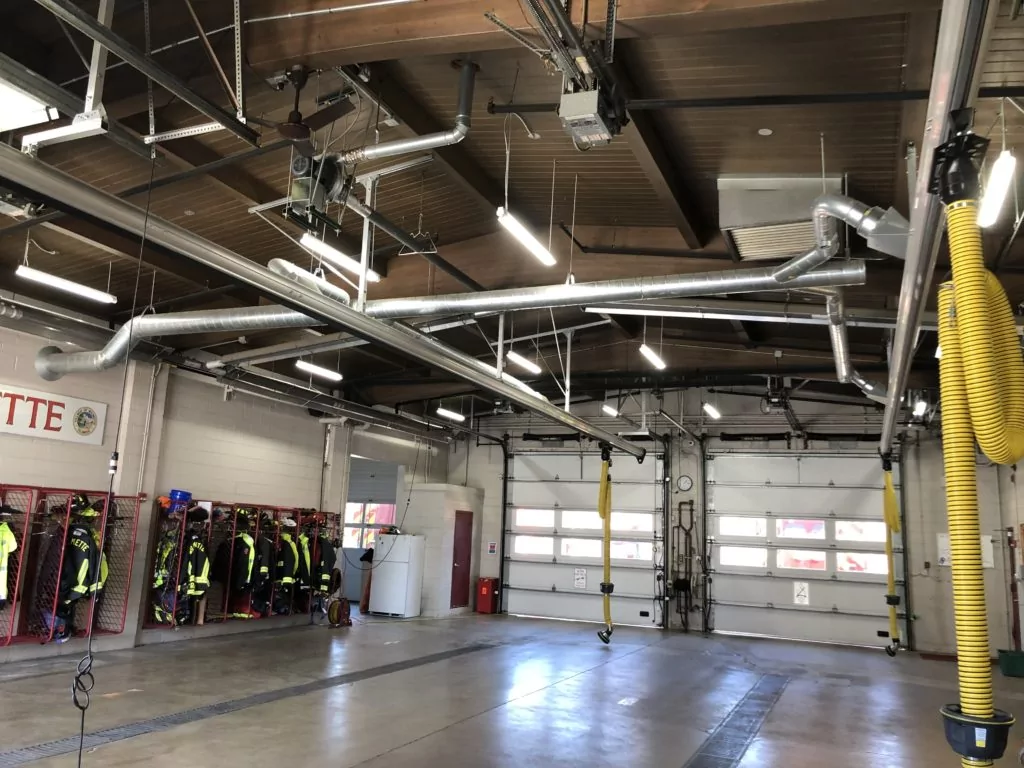
Mar 15 2021
Energy Savings Formula
In 2002, I became a firefighter in the north suburbs of Chicago. I was young and idealistic - loving almost every part of the job. However, I had another secret passion - sustainability. In addition…
Continue Reading >

May 02 2019
Verde Energy Efficiency Experts 10 Most Sustainable Companies in Chicago
In our energy efficiency consulting firm, we constantly look for inspiration from local companies that lead and innovate in clean energy and sustainability. Not all companies have billion dollar budgets, but that doesn’t mean that…
Continue Reading >
Related Articles
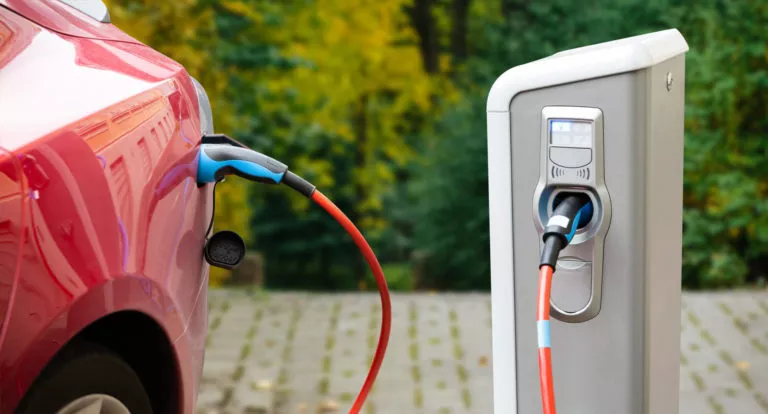
Apr 17 2024
Public EV Car Charging Technology Advancements
Where Will This Fast Moving Market Move? Electric Vehicles are quickly gaining market share in Illinois and in the United States. In fact, they rose from 5.9% of the market in 2022 to 7.6% in…
Continue Reading >
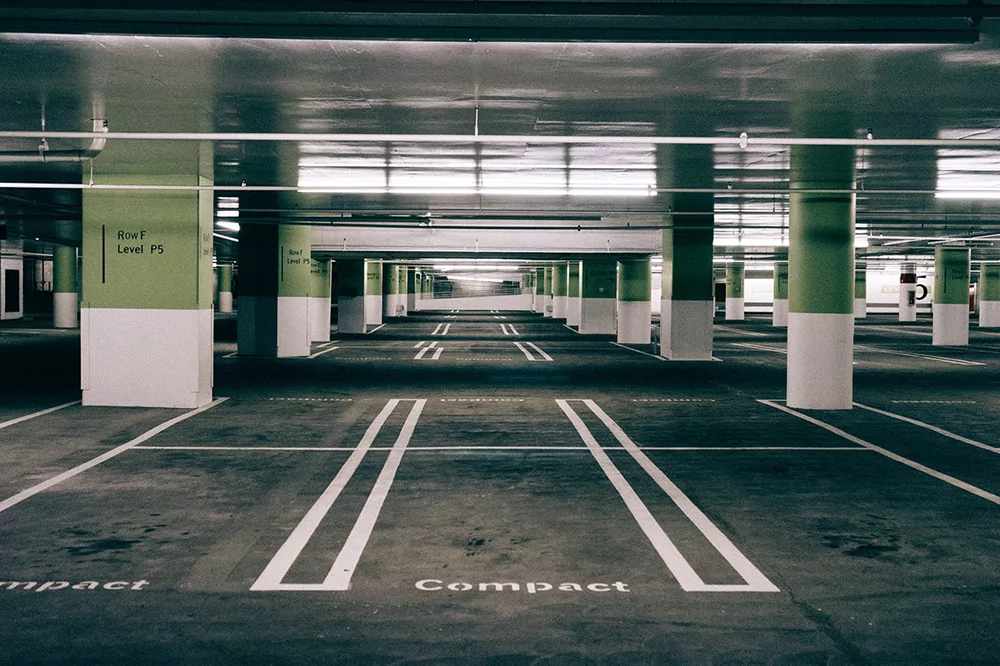
Nov 22 2023
Does Installing an EV Charger Make Sense for Your Hotel?
Gearing Up for the EV Revolution: A Comprehensive Guide to EV Charging Stations for Illinois Hotels The hospitality industry is constantly evolving, adapting to the ever-changing needs and preferences of its guests. As the world…

